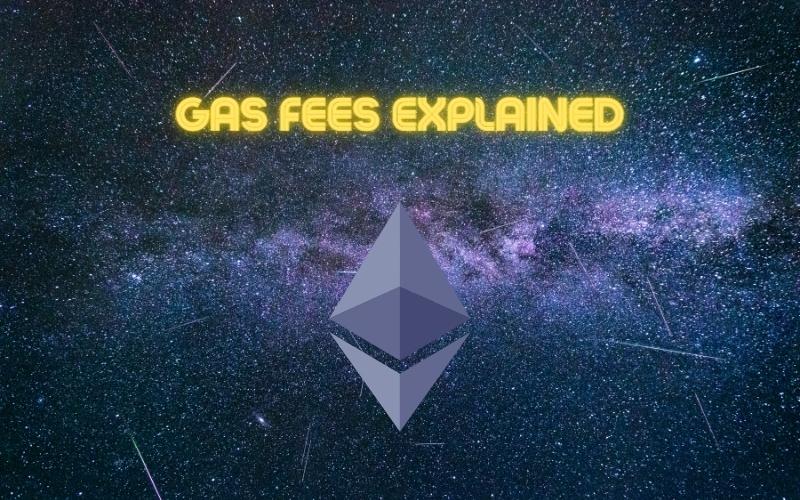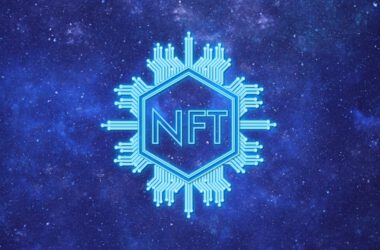How could a digital process work like a car, and actually require gas to run? And what exactly is Ethereum gas, and why does it have to be so expensive? We look at gas fees at their simplest, to unravel the mystery of ETH expenses, token burns and why there are so many competitive networks that are much cheaper to use.
Say you have been growing fond of an NFT and want to mint it – this is the equivalent of buying your digital item. You may be surprised to find your wallet adds hundreds of dollars to the bill. Thousands, if others also want to buy NFTs just this day.
You will also need to pay gas fees when holding any type of token. This means buying ETH is essential to starting your journey with play to earn games. Simply placing tokens in your wallet will make them stuck unless you also deposit ETH to be able to move those tokens.
Why Ethereum Has Fees
Why do you have to pay those fees? Imagine having a bus with too many people wanting a ride. They are ready to pay more and if you pay enough for the ticket, you will be given a seat before departure. This is what gas fees do – they ensure your transaction will have a spot in the next Ethereum block.
Ethereum blocks are limited to a certain number of transactions. A new block is created every minute, but still some wish to have their transactions included with priority. Some traders or users may actually want several transactions included in the same block, and are ready to pay more significant fees to do that.
Who Gets Ethereum Fees
Ethereum fees used to go to miners, as an incentive to keep up their nodes and machines running. Fees were paid in addition to block rewards.
In 2022, a part of the fees are simply burned and nobody gets the ETH. The more the Ethereum network is used, the less ETH there is available. This is how the burn looks, as tracked for each hour:
What is GWei
A GWei is a measuring unit equal to one billionth part of ETH. GWei is the unit that is used within the Ethereum virtual machine, but for the purpose of cost calculation, it is simply a fraction of an ETH token. The end user pays the final transaction price in ETH.
The gas cost is usually displayed within wallets and denominated in GWei. To avoid overpaying, always look at the GWei price.
Another number you must look at is the gas limit. The gas limit stipulates the highest fee you are willing to pay. Some smart contracts or projects will deliberately ask you to increase the gas limit and end up costing a significant transaction fee. But after an upgrade in August 2021, wallets will recommend the optimal base fee plus additional fee to make the transaction clear within a reasonable number of blocks.
Avoiding manual gas limits means end users cannot be made to overpay on gas.
Gas Fees for Play to Earn
Play to earn games accrue gas fees on several occasions. Minting NFTs requires a fee to move the token, and then for each token listing or transfer.
Reward tokens will also ask for a basic Ethereum transaction fee to be sent to exchanges. Bridging tokens, or moving them to another network, also accrue gas fees.
How to Avoid High Gas Fees
There are multiple tools available to avoid overpaying. First, avoid hot NFT mints with no whitelisting and the potential for heated competition. Check Eth Gas Station for current normal transaction fees.
Avoid projects and token sales that explicitly ask for a higher gas limit or higher fees.
Consider using alternatives to Ethereum, or bridging to another side chain network, such as Polygon or Ronin, depending on the availability for play to earn games.
Do Other Networks Have Fees
Ethereum still uses mining, meaning there is a need to run power-hungry mining rigs. Other networks use less resources, but still require some power users to pay and build nodes. To avoid spam and compensate node operators, almost all networks have some form of transaction fees.
For instance, Binance Smart Chain (BSC) has relatively low fees around $0.50. Other networks use a mix of token burning or other forms of payment to transact.
What Can Go Wrong with Gas Fees
The worst possible scenario is to try a transaction, set up a relatively high fee and still see the transaction fail. For that reason, it’s best to check overall gas prices, using tools such as EthGasStation or to manually Google transaction fees for the network you want to use.
Also, make sure you really need to make a transaction, since network conditions may lead to significant fees to send a relatively small sum:
The most reasonable approach is to look out for periods of generally low fees and make sure you have adequate funds not to have the transaction rejected.
What is a Gas War
A gas war happens when too many entities, and especially bots, try to drive their transactions to be included in blocks first. A gas war means bids will go higher and higher, raising the gas fees for others if they want their transaction included in a block.
Sometimes, getting a transaction fast makes the difference, as in the case of an NFT mint where too many buyers want a piece. Sometimes, buyers can deliberately overpay to drive their transaction and make sure it is included in the next block.










